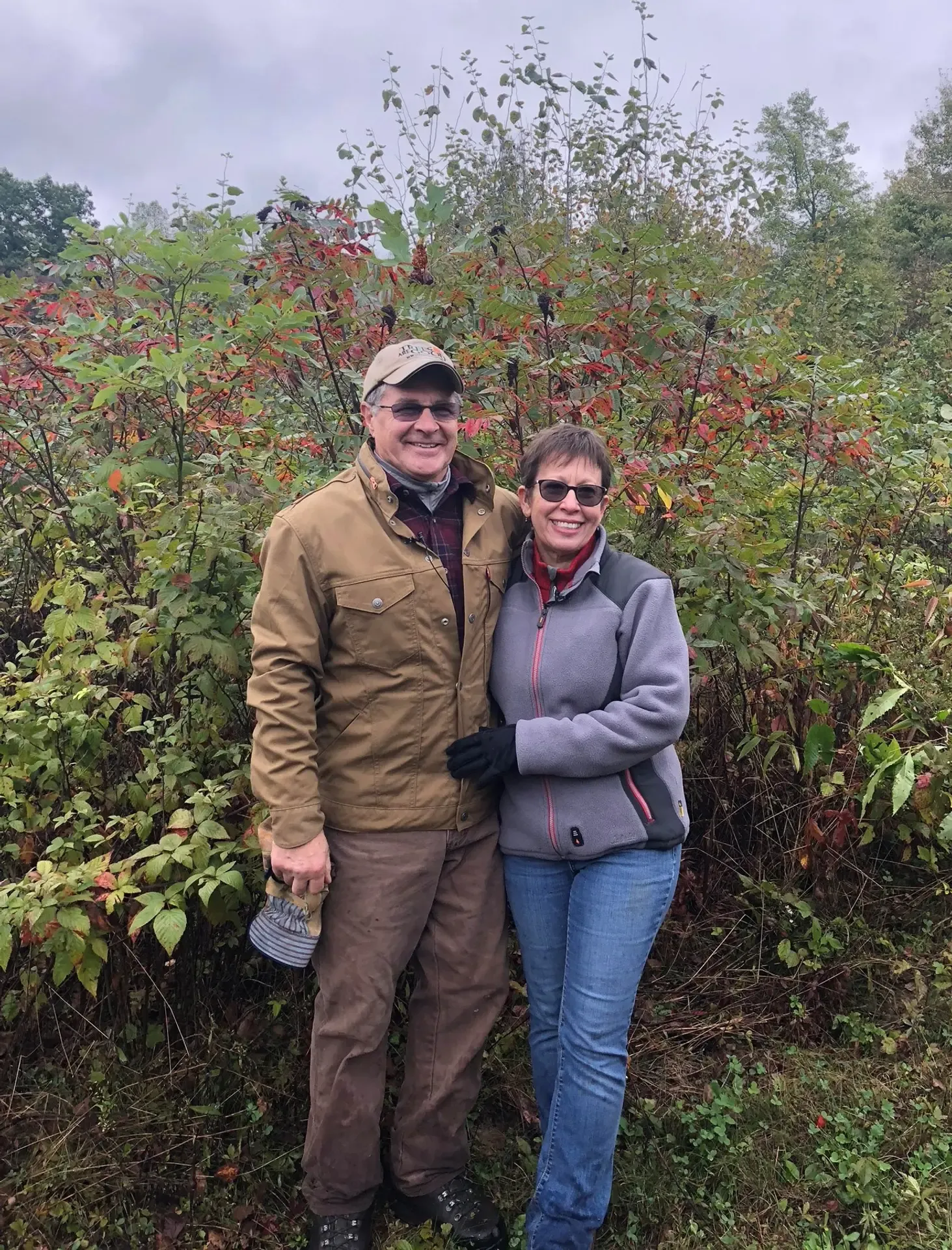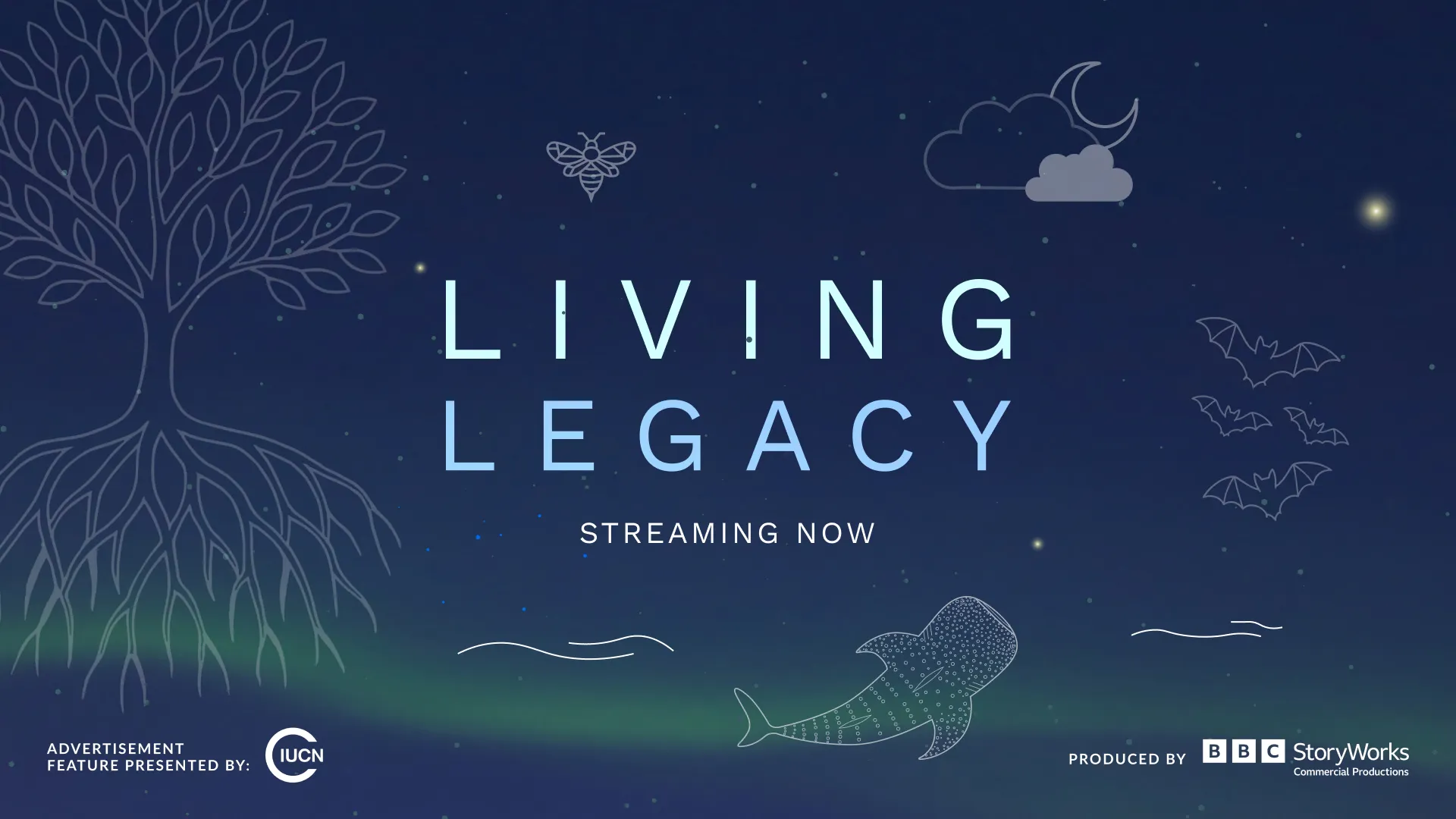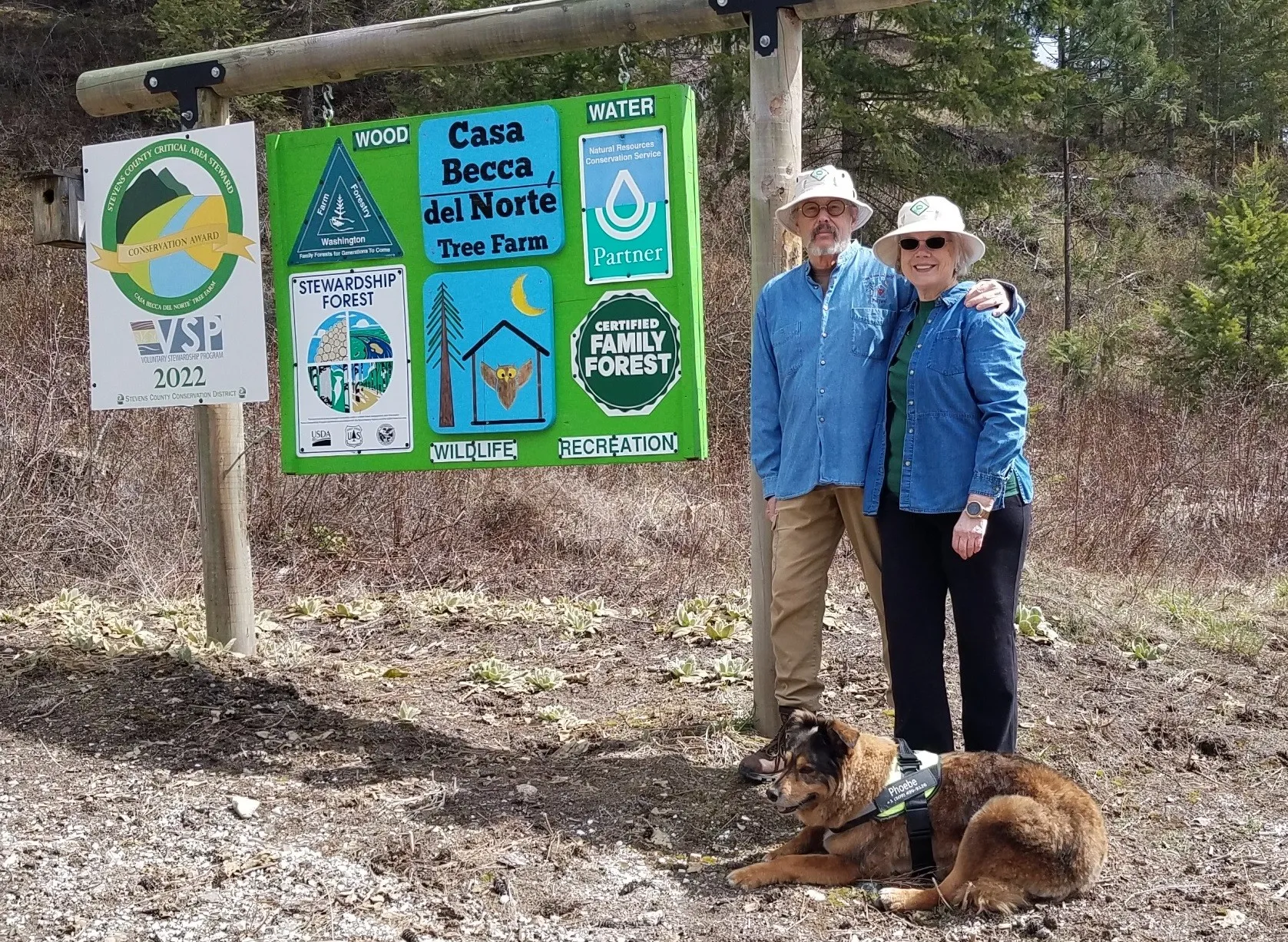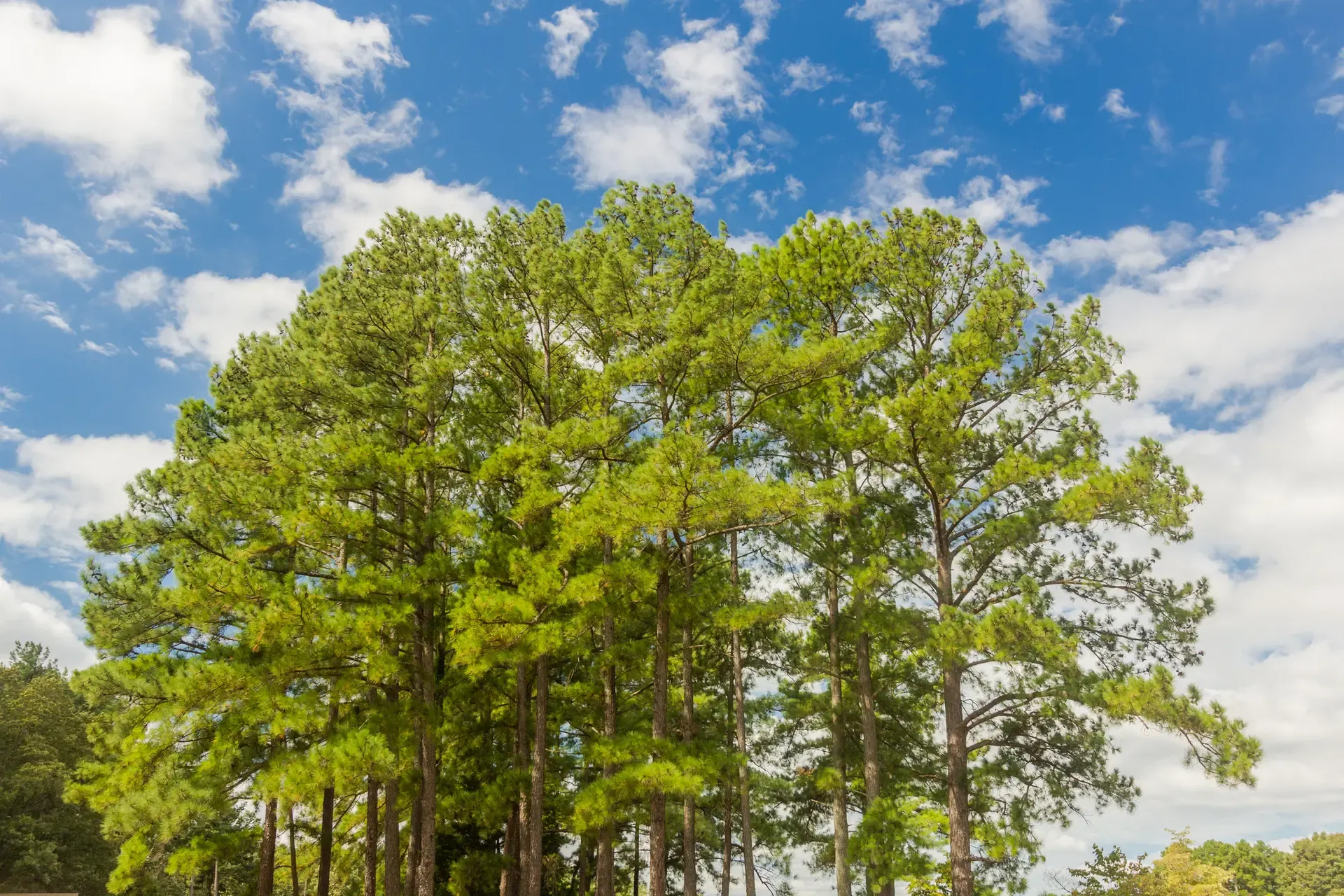National Outstanding Tree Farmers of the Year 2018: Koral and Randy Clum
Koral and Randy Clum of Ohio have dedicated their professional and personal lives to managing forests for healthy trees, wildlife, and clean water and air. They’ve shaped Hepatica Falls Tree Farm into a showcase of productive, sustainable forestland, all the while helping others manage their woodlands for generations to come.
Over the past 25 years, Hepatica Falls Tree Farm in Ohio has seen five timber harvests. But thanks to the wise stewardship of Koral and Randy Clum, the land today holds larger trees and more volume growing than when the couple bought it in 1993. The property is home to a long list of trees and wildlife, as well as interesting rock formations, creeks, waterfalls, and a trail system.
So it’s hardly surprising that the Clums are the 2018 National Outstanding Tree Farmers of the Year. Longtime foresters in Ohio, they share a love of nurturing trees and helping other tree farmers steward their land.
The American Tree Farm System (ATFS), a program of the American Forest Foundation, works to provide hands-on support for America’s more than 20 million family forest owners, giving them the tools they need to manage healthy and sustainable woodlands. ATFS is the largest and oldest sustainable woodland system in the United States. Clean air, clean water, habitat for wildlife, wood for sustainable building, and nature for hiking, hunting, and fishing all come from family forests.

The National Outstanding Tree Farmer of the Year award is given annually by the ATFS to recognize private landowners who have done an exceptional job of forest management on their property and are actively promoting sustainable forestry.
“The Clums have done terrific work on their land, whether it’s wood, water, wildlife, or recreation. They have also engaged their neighbors and community to make our forests better,” says Tom Martin, president and CEO of the American Forest Foundation.
“Randy and Koral Clum are essentially forestry in Ohio,” says inspecting forester Jeremy Scherf. “If there’s a forestry event going on, they’ve been involved or given ideas, or they’re the ones who are talking with the public and expressing their love for the forest.”
Koral Clum’s interest in forestry was sparked during a summer camp in Wisconsin called Trees for Tomorrow. After graduating at the top her forestry undergrad class at Iowa State University, Koral was hired in 1980 to work in the 63,700-acre Shawnee State Forest in southern Ohio—giving her the distinction of being the state’s first-ever female state forester.
Randy Clum earned his forestry degree at Ohio State University in 1977. He and Koral worked together as foresters at Shawnee before moving on to the Ohio Department of Natural Resources. Today, they own Clum Forestry Consultants, often using Hepatica Falls Tree Farm to show clients how forest management methods can transform and improve their land.
Their tree farming adventure began in 1993, when Randy got wind of a property that was for sale. “It was 149 acres at that point. I went over to the waterfalls, the little gorge area, and thought, ‘Man, if I could get Koral over here, this is a done deal,’” Randy recalls. He brought Koral to the waterfalls. Six months later, the land was theirs.
Naming it was simple. One of the Clums’ favorite wildflowers found on their land is hepatica. “The flower comes and goes very quickly,” Koral says, “which we think is kind of the epitome of forest ownership. You only get a little blip, and then it belongs to somebody else.”
Hepatica Falls became a Certified Tree Farm in March 1994. “People are so proud to get that green-and-white rhombus sign, and we just had to have one,” Randy says. “We wanted to be part of this family.”
What followed was 25 years of polishing what Randy describes as a diamond in the rough.
“It had great potential,” Randy says. “A lot of sweat equity went into it.”
Their strong foundation as professional foresters was a big help at the beginning.
“We went down the same path that we encouraged other people to do,” Randy says. “We did a forest inventory. We analyzed the property to set up a trail system. We decided to have a timber sale to help pay down the cost of the property—that helped really develop our road system. It just all fell into place.”
In the gorge with those namesake waterfalls, the Clums built a trail system that highlights the area without negatively affecting the water. “You can have the best of all worlds,” Randy says.
Removing pines and creating mini-clearcuts has had a major impact on wildlife. “We basically created salad bars for the wildlife,” Randy says. “We created so much diversity as far as edge effect and young successional stages for different species of animals, birds, insects, pollinators. It worked out better than we ever imagined.”
“A lot of folks think of cutting trees as being hard on the wildlife, but in this part of Ohio, the missing component for a lot of wildlife is the early successional forest,” Koral says.
“If [the previous] landowner saw the property today, I think he would be very proud and would know he made the right decision in allowing us to purchase it,” Randy says.
ATFS is the largest and oldest sustainable family woodland system in the United States. “It’s a community of families and individuals who own land and are dedicated to being the best stewards they can be and to helping their neighbors be terrific stewards,” Tom Martin says. “There are now almost 75,000 folks who are a part of this system, covering 19 million acres, all managed to international standards of excellence.”
The Clums encourage new landowners, who may feel overwhelmed and don’t know where to begin, to connect with ATFS.
“It’s good principles. It’s good standards,” Randy says. “It’s what tree farming’s all about: clean air, clean water, timber, recreation, aesthetics, all rolled into one package.”
Related Articles

November 20, 2025
New Film Showcases Carbon Project’s Impact on Family Landowners and Nature
The American Forest Foundation (AFF), a national organization committed to empowering family forest owners to create meaningful conservation impact, announced today the release of a new film that tells the story of the Family Forest Carbon Program (FFCP) and its impact on people and the planet.

November 6, 2025
Meet the 2025 Outstanding Tree Farmers of the Western Region – Lynn and Becky Miner
Lynn and Becky Miner’s story is one of vision, perseverance, and transformation. When they first purchased their 100-acre property near Chewelah, Washington in 1992, it was far from the thriving, diverse forest it is today. They have poured their energy into turning “Casa Becca del Norte” (Becky’s House in the North) into a model Tree Farm, earning the recognition as 2025’s Outstanding Tree Farmers of the western region.

June 3, 2025
Why Wildlife Loves Loblolly—And How These Pines Can Benefit Your Land
A quiet stretch of pine trees can offer more than just scenery—it can provide vital habitat for wildlife across every season. Loblolly pine, the most common native tree species in the Southeast, plays a particularly important role in creating habitat for a wide variety of game and non-game species, from wild turkeys and rabbits to songbirds and squirrels.